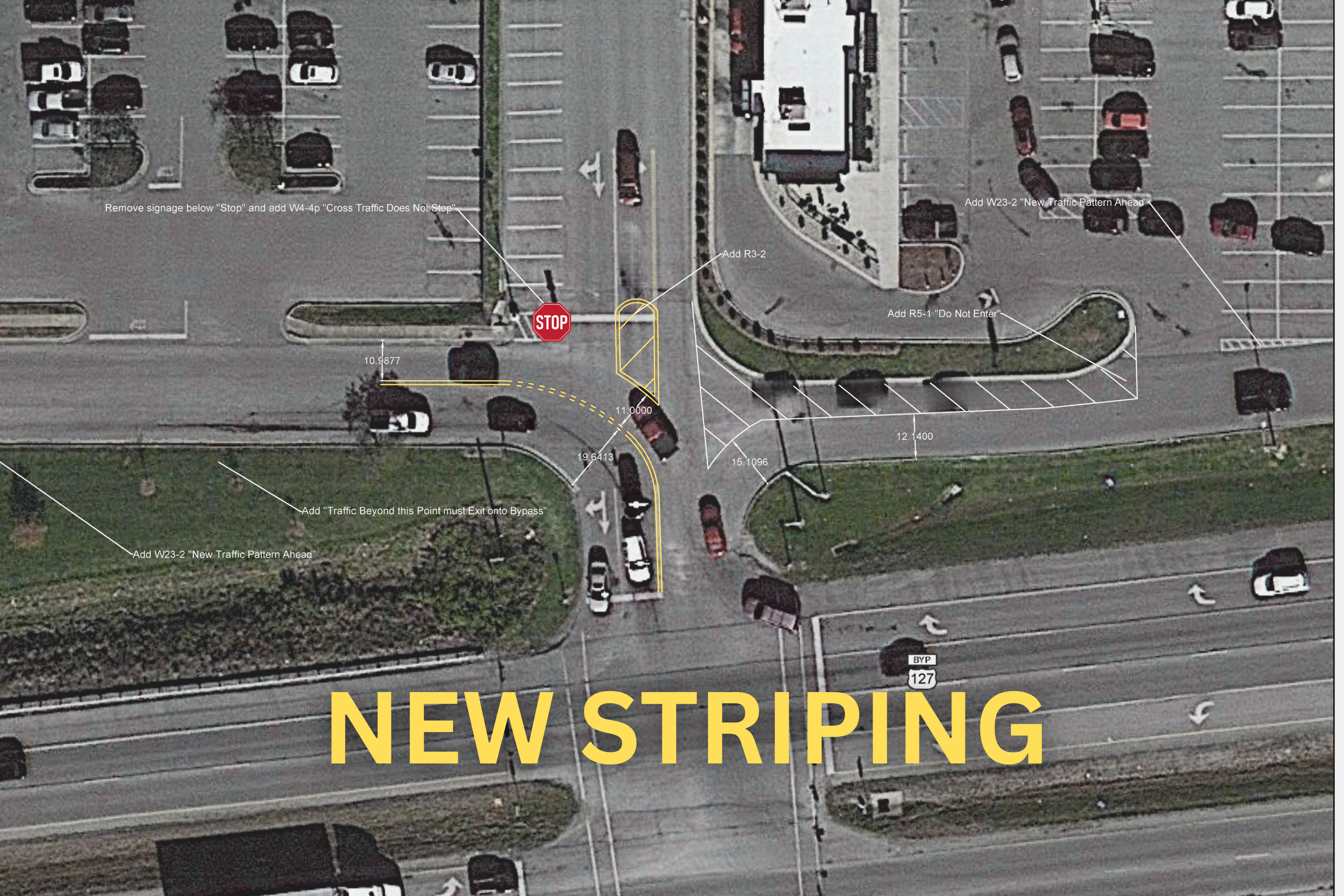Death penalty in Kentucky has ‘glaring problems’
Published 8:56 am Friday, November 10, 2017
By ERIC MOUNT
Contributing columnist
What should be done to the latest ISIS-inspired terrorist in the USA? His name is Sayfullo Saipov. He is a 29-year-old truck driver from Uzbekistan who was charged on Nov. 1 with material support of a terrorist group and violence and destruction of motor vehicles after he drove a truck down a bike lane intentionally, killing eight people and injuring 12.
Trending
President Trump was quick to say that he should receive the death penalty, and New York’s Mayor DeBlasio was quick to take issue. He favors life in prison with no chance of parole. We shall see whether the fate of Saipov becomes part a slight recent rise in the number of executions in our nation, as reported by Richard Wolf in USA TODAY on Oct. 23, or part of the longtime declining trend.
In the Wolf story, it was noted that the execution of an Alabama cop killer, Torrey McNabb the previous Thursday (Oct. 19) was the 21st such execution this year, marking the first time that the number of executions has risen year-over-year since 2009, when there were 52. 2009 was followed by a relatively steady drop until now.
Opponents of capital punishment have been quick to label this new development as only a temporary interruption in the broader trend toward abolition. (Wrongful Conviction Day and the 15th Annual World Day Against the Death Penalty were both observed in October, but the U.S. just angered many by voting against a UN resolution condemning the death penalty for homosexuality.)
The number of states doing executions dropped from nine in 2013 to five in 2016, and supreme courts in Florida, Delaware and Connecticut recently struck down those states’ death penalty procedures. However, this year, the number of states executing has grown somewhat.
Arkansas rushed to do four in eight days before its supply of lethal injection drugs ran out; and it tried for eight over a two-week period, only to be thwarted by court intervention in the other four cases.
Florida resumed executions after an 18-month halt because of a Supreme Court ruling on its sentencing procedure. Two states, Nebraska and Oklahoma, put the death penalty back in state statutes or the constitution, and voters in California defeated an abolition effort. Some recent executions occurred because further claims of innocence and requests for more forensic testing went unheeded.
Trending
Despite the increase, only 16 of the nation’s 3,000 counties issue capital sentences with any regularity, and most of the people on death row were put there 10, 20 or 30 years ago by juries and prosecutors who, according to Rob Smith, the executive director of the Fair Punishment Project, would not hand down the same sentences today knowing the alternative of life without parole. States still occasionally go on execution sprees (Missouri in 2014-15 and Georgia in 2016), but since the Supreme Court reinstated the death penalty in 1976, the height of the death sentencing era is now twenty years behind us.
There are several reasons for the overall downward trend. Since 1973, 155 people on death rows have been released with evidence of innocence. Racial disparities have drawn greater attention. The Death Penalty Information Center informs us that African-Americans make up 34.5 percent of defendants executed and 42 percent of inmates on death row, despite constituting only 13 percent of the general population.
The race of the victim weighs heavily. About 50 percent of murder victims are white, but of cases involving the death penalty, over 75 percent involved white victims. Among persons executed for interracial murders, 20 whites have been executed for killing a black victim, and 287 blacks have been executed for killing a white victim.
In 2010, it was estimated 61 percent of voters would choose another punishment over the death penalty: 39 percent would favor life without parole plus restitution; only 33 percent would favor the death sentence.
As for the alleged deterrent effect in lowering the homicide rate, the most recent finding was that 88 percent rejected the deterrent effect and only 5 percent supported it. In a 2009 poll of law enforcement professionals, the death penalty finished last among a series of factors to be ranked in the top two or three in interference with law enforcement. 20 percent picked lack of law enforcement resources, and 20 percent picked drug and alcohol abuse. Insufficient use of the death penalty finished ninth (last), with 2 percent of those asked ranking it in the top two or three factors.
Then there is the matter of cost. In 2014, Kansas spent $400,000 per case when the death penalty was sought and $100,000 when it was not. The average death penalty case in Maryland costs $3 million; and between 1978 and 1999, the state spent $186 million while performing five executions. Florida has averaged $24 million per case on 44 executions since 1976. North Carolina has spent $2.16 million per execution over the cost of a life sentence. Texas has averaged $2.3 million, three times the cost of imprisoning someone in a single cell with the highest security for 40 years.
For Kentuckians there is a very troubling array of findings by the American Bar Association Kentucky Death Penalty Assessment Report from December 2011. (Kentucky has 33 people on Death Row and has executed three since 1973.)
Over 500 pages in length, the report highlights such glaring problems in Kentucky’s implementation of the death penalty that it recommends temporary suspension of executions until the major issues of fairness and accuracy are rectified.
Of the 78 people sentenced to death in Kentucky during the period studied, 50 had a sentence overturned, an error rate of more than 60%. Inadequate retention of evidence diminishes the effectiveness of a state law allowing post-conviction DNA testing prior to execution. Chances to establish both innocence and guilt are thus lost.
There are no uniform standards on eyewitness identifications and interrogations to guard against false identifications and confessions. There is no mechanism to guide prosecutors to avoid discrimination in application of the death penalty. Jurors in capital cases were found to have a disturbing lack of understanding of sentencing guidelines before deciding whether a defendant should be executed.
Public defenders have caseloads far exceeding the national average and salaries 31 percent below those of similarly experienced attorneys in surrounding states. At least 10 of the 78 people sentenced to death were represented by defense attorneys who were subsequently disbarred.
There are not adequate protections for defendants with mental retardation or mental illness. And there is a lack of data-keeping throughout the administration of the death penalty, making it impossible to guarantee that the system is operating fairly, effectively and efficiently. What a sobering assessment!
When the Kentucky General Assembly has its next regular session, there will again be proposals to abolish the death penalty, but the past history of such efforts is not encouraging, despite numerous good reasons to abolish it. At least, however, we can harbor the hope that the ABA report’s findings will lead to the declaration of a moratorium on the use of the death penalty until the substantial problems cited in the report are rectified to make the system more just and more efficient.






